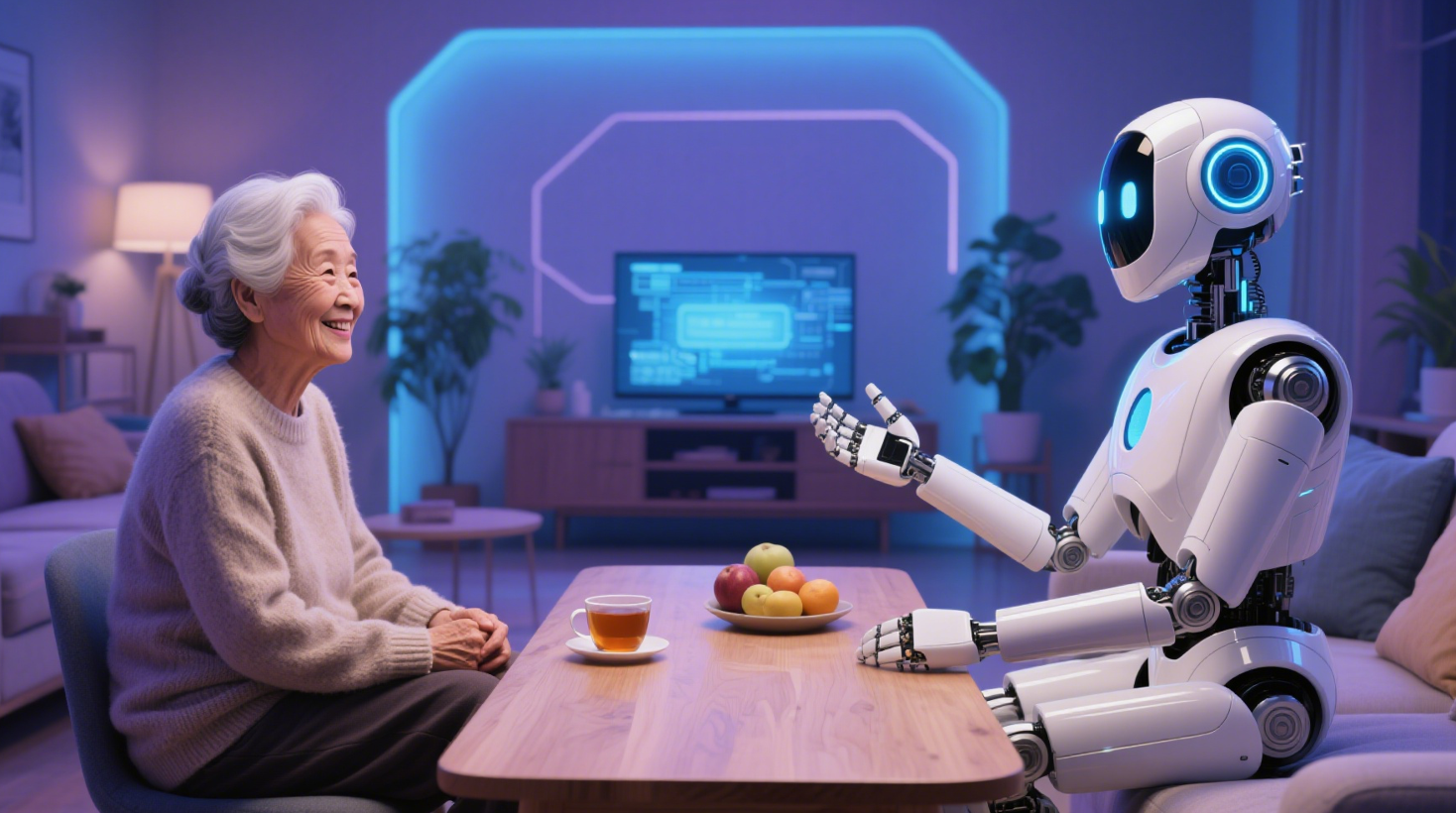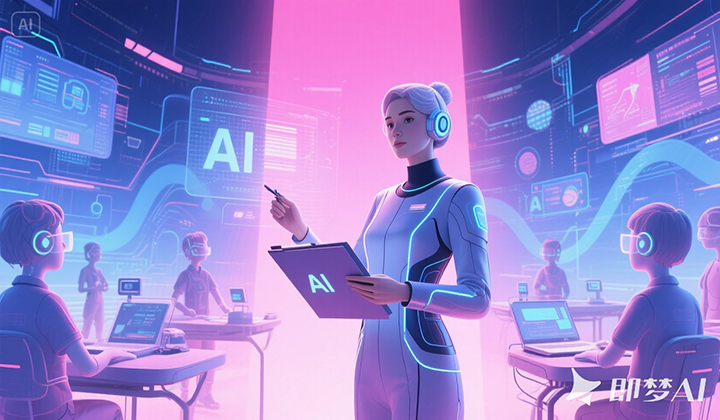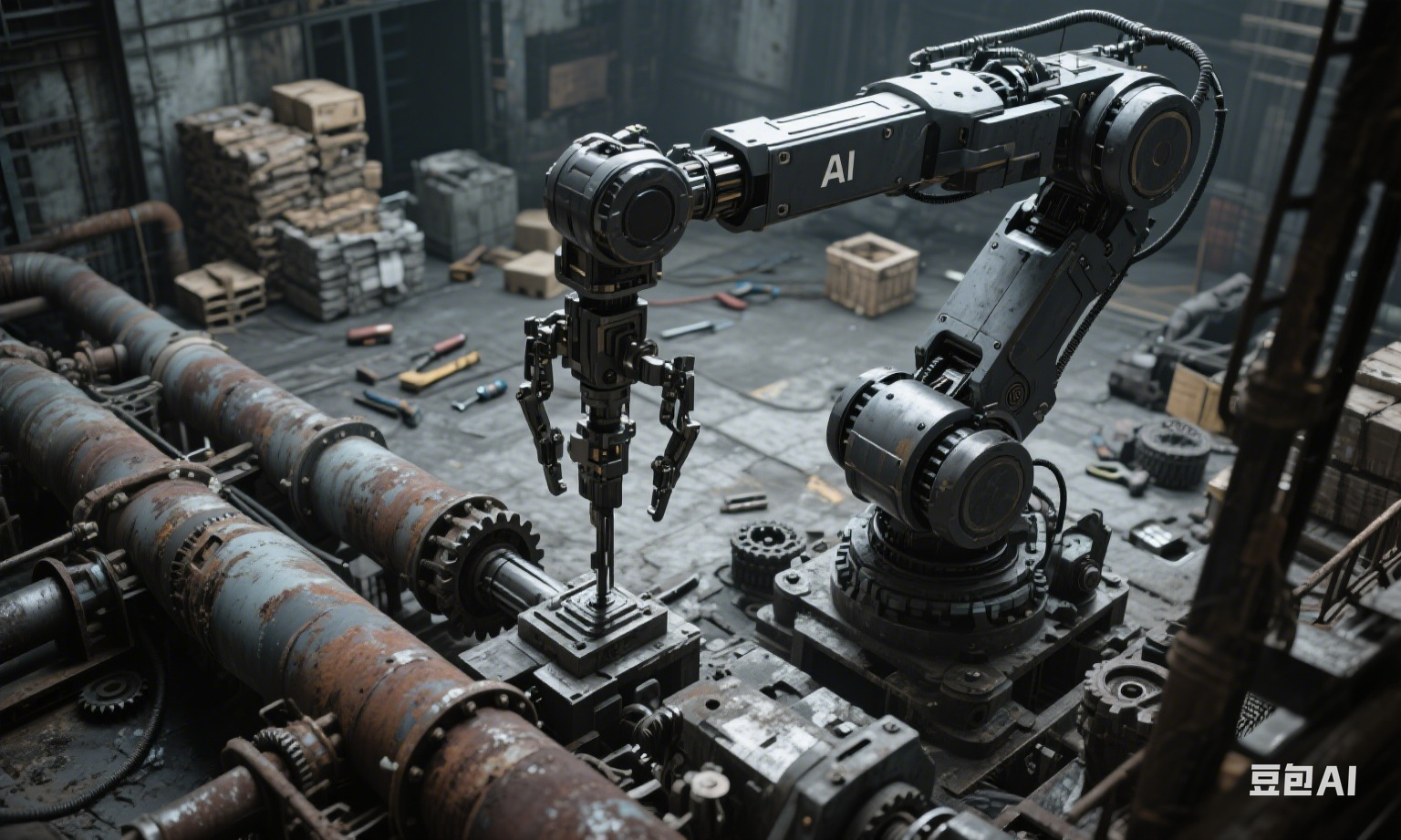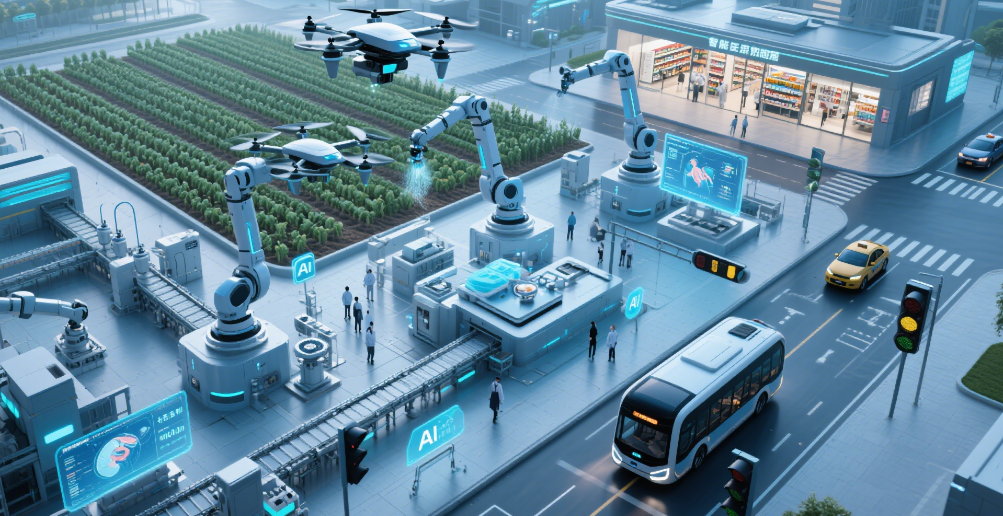Emotional Companion Agents: From Chatbots to Inseparable "Digital Family Members"

In the wave of digitalization, AI-powered emotional companion agents are quietly emerging, bringing new experiences to people's emotional lives. Through multiple iterations of three core technologies—natural language processing (NLP), machine learning, and emotional computing—these intelligent agents have evolved from simple chatbots to smart companions capable of deeply simulating emotions and providing personalized companionship.
In the United States, many use emotional companion AI agents to improve mental health. A notable example is Woebot, an AI chatbot based on cognitive behavioral therapy (CBT). It helps users track emotions, identify negative thought patterns, and provide coping strategies through daily conversations. Users only need to interact with Woebot via an app to receive timely psychological support when feeling down.
In Japan, facing severe aging issues, Panasonic has launched Himar, a senior companion robot. Beyond chatting, playing music, and delivering news, Himar monitors health metrics like heart rate and sleep quality, and alerts caregivers in case of abnormalities. Many elderly living alone see Himar as an indispensable part of life, as it alleviates loneliness and reassures their children.
In China, numerous companies are entering this field. For example, Aoyun Cloud Innovation’s pitalk AI smart products have demonstrated unique value in emotional companionship. Equipped with advanced voice interaction and emotion recognition technologies, pitalk AI accurately judges users’ emotional states based on tone of voice and linguistic habits. Whether professionals seek to vent after high-pressure work or students need encouragement amid academic stress, pitalk AI acts as a compassionate friend, offering warm words of support. Additionally, it integrates practical functions like knowledge Q&A and schedule reminders, helping users plan life efficiently while accompanying them, thus becoming a reliable smart partner in daily life.
As technology matures, industries will iterate to develop more professional and intuitive AI companion products, which may indeed become inseparable "digital family members" in our lives. Technologically, multimodal interaction will further integrate—AI characters will exhibit more natural facial expressions and body language, smoother real-time emotion recognition and response, and support mixed-reality interactions in complex scenarios. Functionally, significant breakthroughs will be made in dialogue consistency, logic, emotional expression, and long-term memory maintenance.
However, no matter how advanced technology becomes, emotional companion AI remains a tool. It can offer comfort in loneliness or sorrow but can never replace human hugs or face-to-face conversations. While enjoying the convenience of smart companions, never overlook loved ones around you. Taking time for a meal or a call—such warm, tangible emotional exchanges are the most precious and healing of all.












